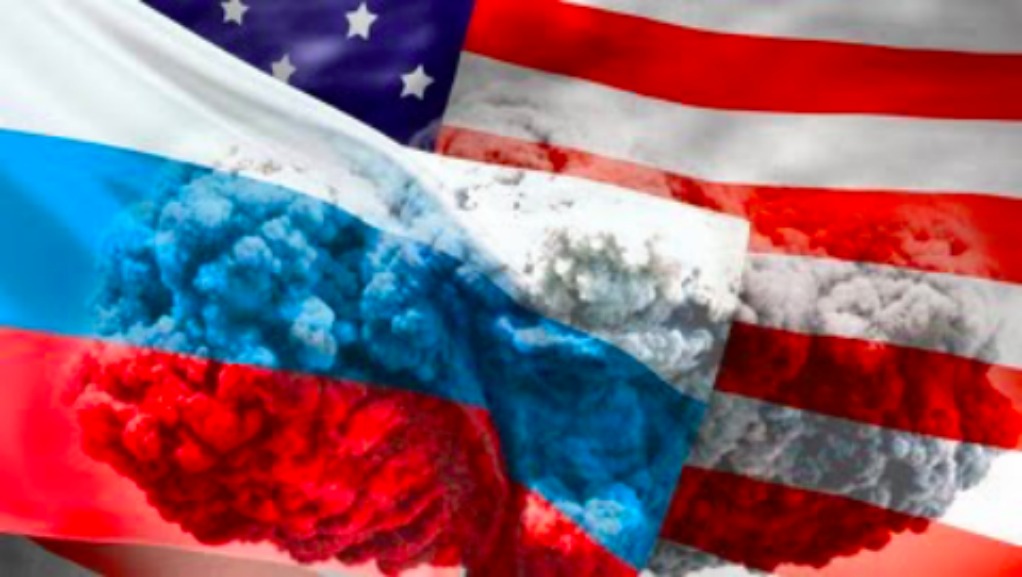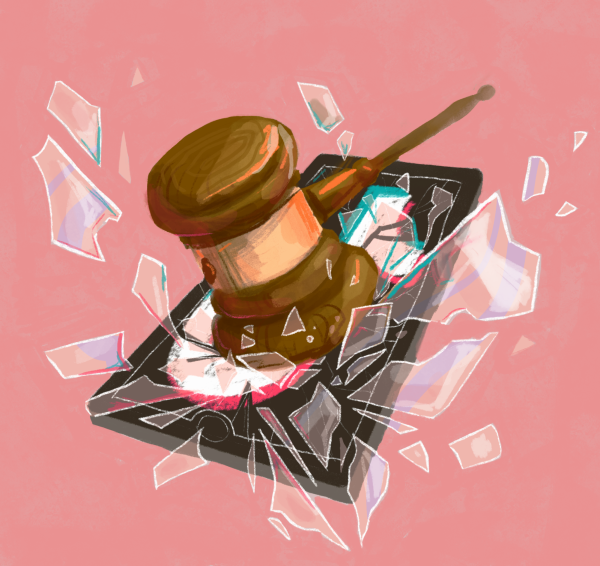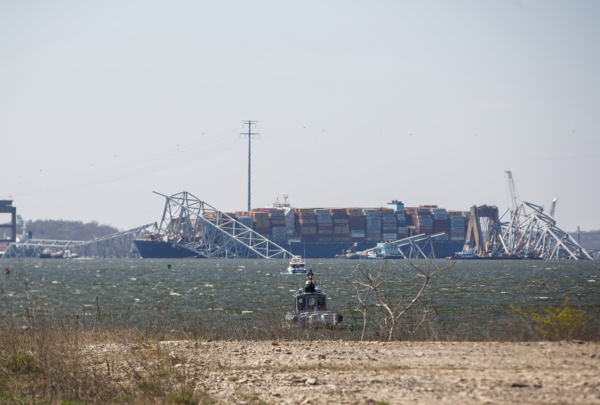A Brief Timeline of the Syrian Civil War
May 16, 2017
For the past six years, Syria has been embroiled in civil conflict; as of April 2017, more than 11.5 million Syrians have been displaced. U.S. foreign policy in Syria continues to evolve as ISIS, Kurdish forces, national rebels, and the controversial Assad regime continue to fight. Foreign interference, namely from the United States and Russia, has increased complications surrounding diplomatic relations and the role of supranational organizations.
On May 9, U.S. President Donald Trump approved a plan to arm Kurds to fight ISIS, a decision following America’s April 6 air strike in response to Assad’s use of chemical weapons on civilians. President Trump’s actions signal a decreased tolerance of Assad’s human rights abuses and a growing U.S. presence in the Middle East. To understand the nature and relevance of America’s actions in Syria, it is important to recognize the role of Syria’s modern history in the recent escalation.
March 2011 – Dozens are killed in a crackdown on demonstrations after peaceful pro-democracy protests escalate in Daraa, Syria. As the protest persists through March, Syrian President Bashar al-Assad addresses the nation in a speech acknowledging the problem, but does not offer any promise for change. Syria’s Emergency Law was in effect from 1963 to April 2011.
May & August 2011 – The U.S., under President Obama, imposes sanctions on the Syrian government. “Property in the United States or in the possession or control of U.S. persons in which the individuals listed in the Annex have an interest is blocked, and U.S. persons are generally prohibited from engaging in transactions with them,” said the U.S. Treasury Department. Later, in August, the U.S. prohibits Americans from investing in the country, freezes Syrian government assets in the U.S., and stops transactions of natural resources, including oil.
October & November 2011 – Supranational organizations, including the European Union and the Arab League, initiate economic sanctions on Syrian oil and products. Later, China and Russia veto a U.N. Security Council resolution to crackdown on Syrian rebels. It’s important to note that 9 of 14 member-state countries, including the U.S., voted in favor of the resolution. Syrian rebel groups coalesce to establish the Syrian National Council, designed to combat President al-Assad’s government and promote a democratic system.
February 2012 – 90% of Syrian voters approve changes to the constitution in a nationwide referendum and the U.S. closes its embassy in Damascus signaling the declining legitimacy of the Syrian government. Fighting reaches the one year mark and U.N. estimates 8,000 deaths.
January 2013 – President al-Assad refuses to concede his presidency to opposition groups. Gridlock ensues as opposition and rebel groups refuse to cooperate with the Assad regime. The U.N. Security Council estimates that around 60,000 civilians have been killed in the two-year civil war and that 1.5 million Syrians have left the country as refugees to escape.
June-September 2013 – In response to President al-Assad’s use of chemical weapons, the U.S. increases its support of rebel groups. “President Obama believes there must be accountability for those who would use the world’s most heinous weapons against the world’s most vulnerable people,” said then-U.S. Secretary of State John Kerry. Despite heightened U.S. involvement, the U.K. Parliament votes against military intervention in Syria in September. The U.S. and Russia agree to eliminate all chemical weapons in Syria.
February-March 2016 – A truce between the Assad regime and rebels goes into effect as Russia withdraws its forces from the country.
September 2016 – At least 23 people are killed during airstrikes in Syria, and the U.S. and Russia accuse each other of violating the ceasefire. Later, the Syrian government takes back control of Aleppo from rebel groups, ending more than four years of rebel occupation in the city.
February- May 2017 – A Department of Defense official says the U.S. may send conventional ground combat forces into northern Syria to speed up the fight against ISIS, however the decision is up to President Trump. In April and May, U.S. heightens intervention in Syria with the use of airstrikes on a Syrian airbase, a powerful non nuclear bomb on an Islamic State complex, and supplies for rebel groups.










